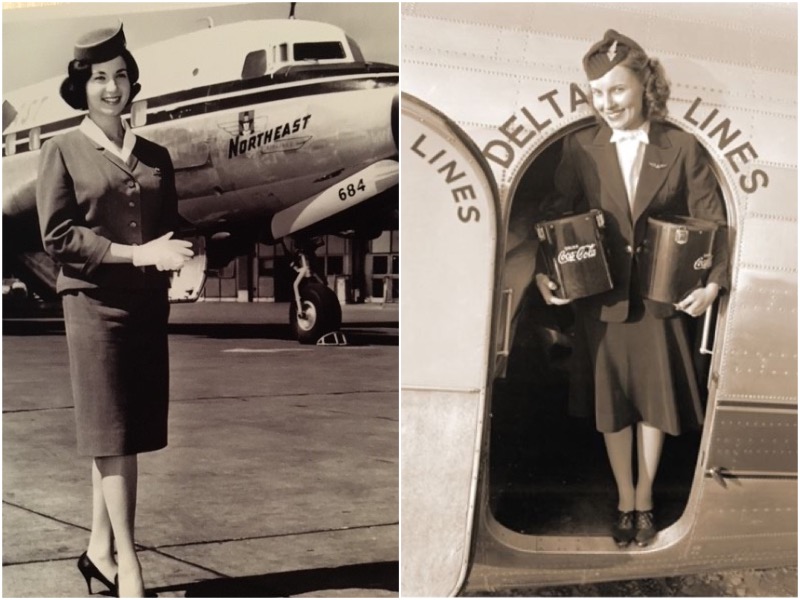Want to read in Dutch? Click here
The aviation industry is a world apart when it comes to dress codes. While one company demands even underwear from stewardesses, another trades high heels and tight suits for sneakers and sweaters. Fortunately, cabin crew nowadays have rights, and an employer cannot simply demand anything. It was different in the past, and companies took full advantage of it. In this article, I’ll tell you about the bizarre dress code the first stewardesses had to deal with.

52 as a magical number
Although the first automated aircraft took off in 1903, it took almost thirty years before stewardesses existed. It was Ellen Church who in 1930 became the world’s first stewardess. She did this on a flight from San Francisco to Chicago for Boeing Air Transport, which later became United Airlines.
Photo of Ellen Church in 1930
In the early years of stewardess work, there were strict rules regarding weight and height. At the American airline Pan Am, the ladies were not allowed to weigh more than 52 kilos. They also could not be taller than 1.52 meters. The first cabins were so narrow that a larger build simply wasn’t practical.
Approved by 5 people
At the Belgian Sabena, founded in 1923, they weren’t concerned about this in the early days. In the first years, no requirements were imposed on stewardesses. But as the company grew, more pressure was put on appearance. Initially, stewardesses could be 1.55 meters tall, later increased to 1.62 meters.
On flights, commissioners boarded to inspect the ladies. In 1954, stewardesses had to turn around for four directors and a chief stewardess. They also had to elegantly remove their scarf and coat. These five individuals then judged whether the ladies still looked good enough. If they gained weight beyond what was allowed, they were prescribed pills during medical checks to keep their weight in check. Later, these were found to be amphetamines, also known as speed.
Photo of Sebena stewardess in 1950
In 1956, the airline also decided to add an age limit. From that moment on, stewardesses were dismissed on their fortieth birthday. The company only wanted young women on board.
So, as bizarre as the rules may be nowadays, they used to be even more extreme…
Greetings,
Aileen
